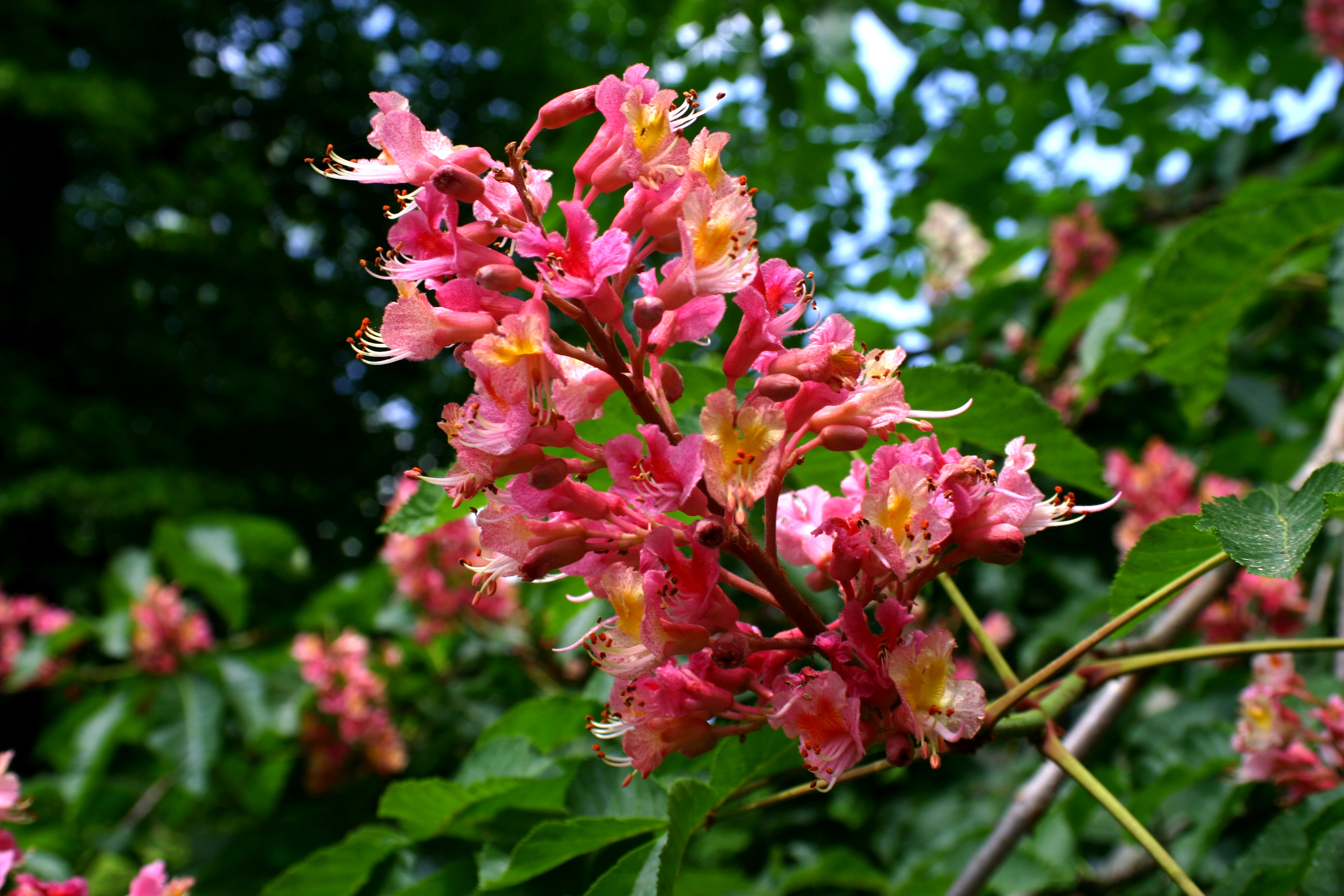Buckeye (tree) on:
[Wikipedia]
[Google]
[Amazon]

 The
The

 The
The genus
Genus ( plural genera ) is a taxonomic rank used in the biological classification of living and fossil organisms as well as viruses. In the hierarchy of biological classification, genus comes above species and below family. In binomial n ...
''Aesculus'' ( or ), with species called buckeye and horse chestnut, comprises 13–19 species of flowering plant
Flowering plants are plants that bear flowers and fruits, and form the clade Angiospermae (), commonly called angiosperms. They include all forbs (flowering plants without a woody stem), grasses and grass-like plants, a vast majority of ...
s in the family Sapindaceae
The Sapindaceae are a family of flowering plants in the order Sapindales known as the soapberry family. It contains 138 genera and 1858 accepted species. Examples include horse chestnut, maples, ackee and lychee.
The Sapindaceae occur in temp ...
. They are tree
In botany, a tree is a perennial plant with an elongated stem, or trunk, usually supporting branches and leaves. In some usages, the definition of a tree may be narrower, including only woody plants with secondary growth, plants that are ...
s and shrubs native to the temperate
In geography, the temperate climates of Earth occur in the middle latitudes (23.5° to 66.5° N/S of Equator), which span between the tropics and the polar regions of Earth. These zones generally have wider temperature ranges throughout t ...
Northern Hemisphere, with six species native to North America and seven to 13 species native to Eurasia. Several hybrids occur. ''Aesculus'' exhibits a classical Arcto-Tertiary distribution.
Mexican buckeye
''Ungnadia'' is a genus of flowering plants in the family Sapindaceae containing one species, ''Ungnadia speciosa'', the Mexican buckeye. It is native to northern Mexico, as well as Texas and southern New Mexico in the United States. The name ho ...
seedpods resemble the ''Aesculus'' seedpods, but belong to a different genus.